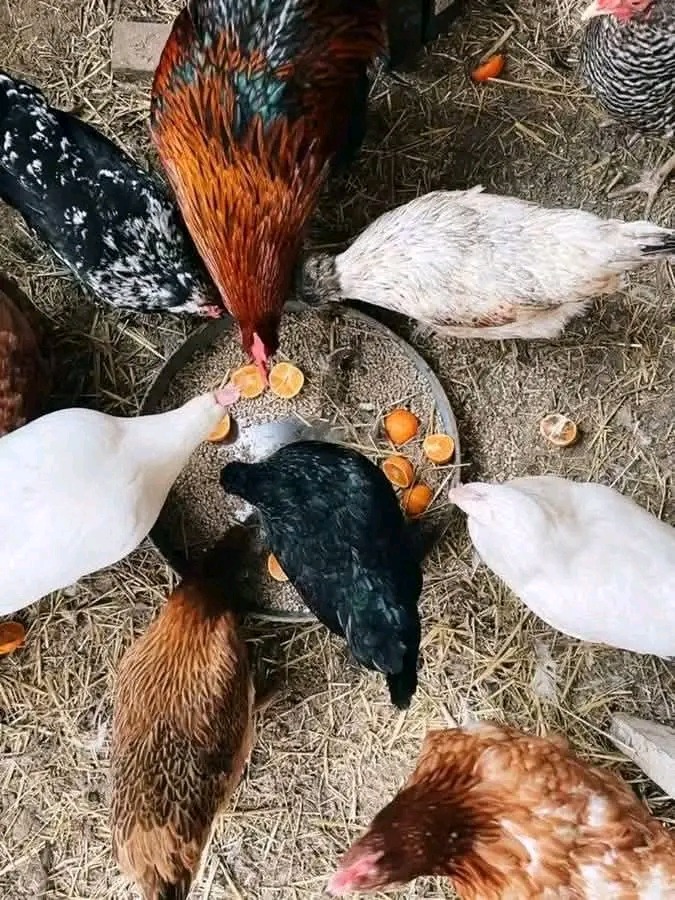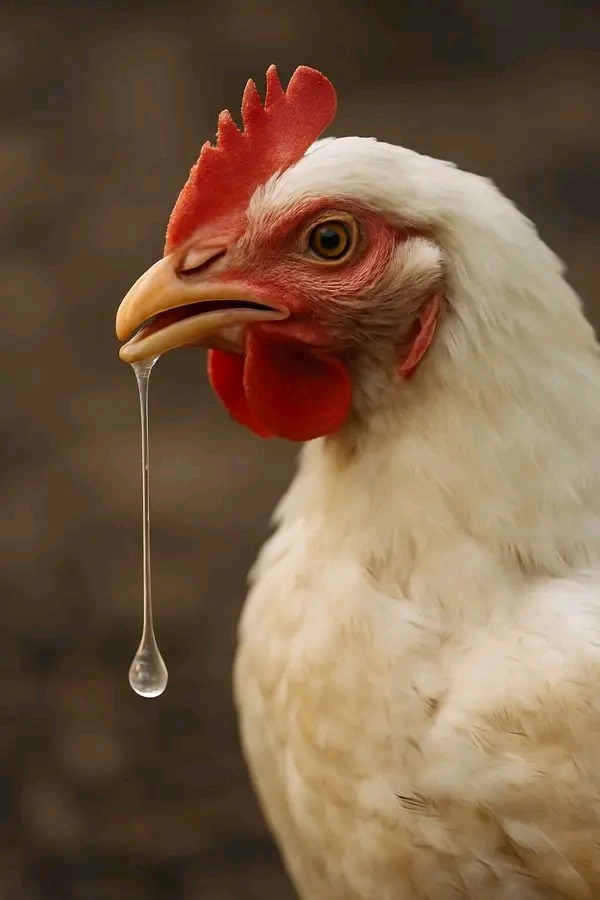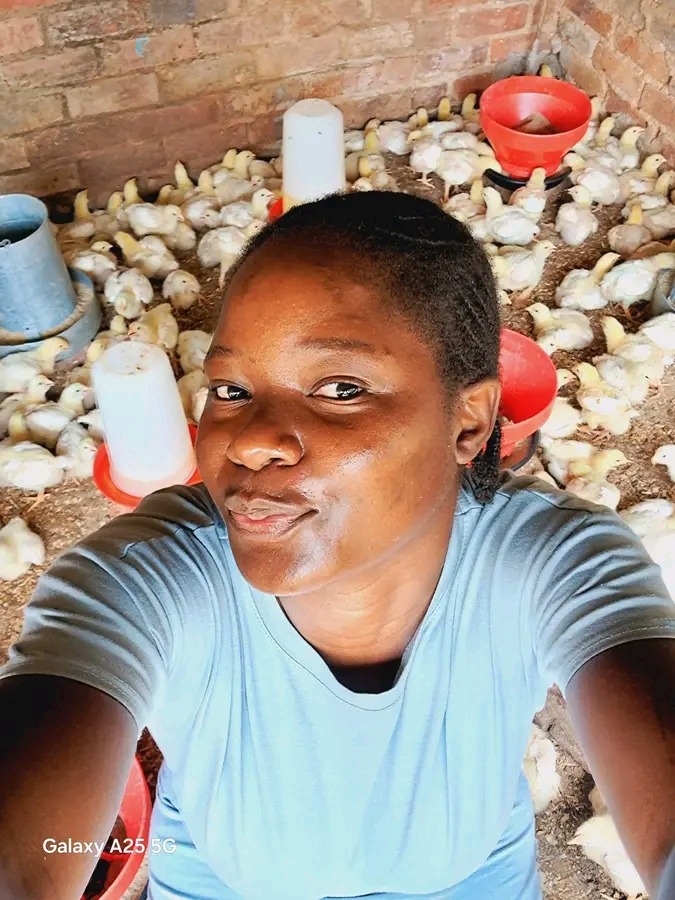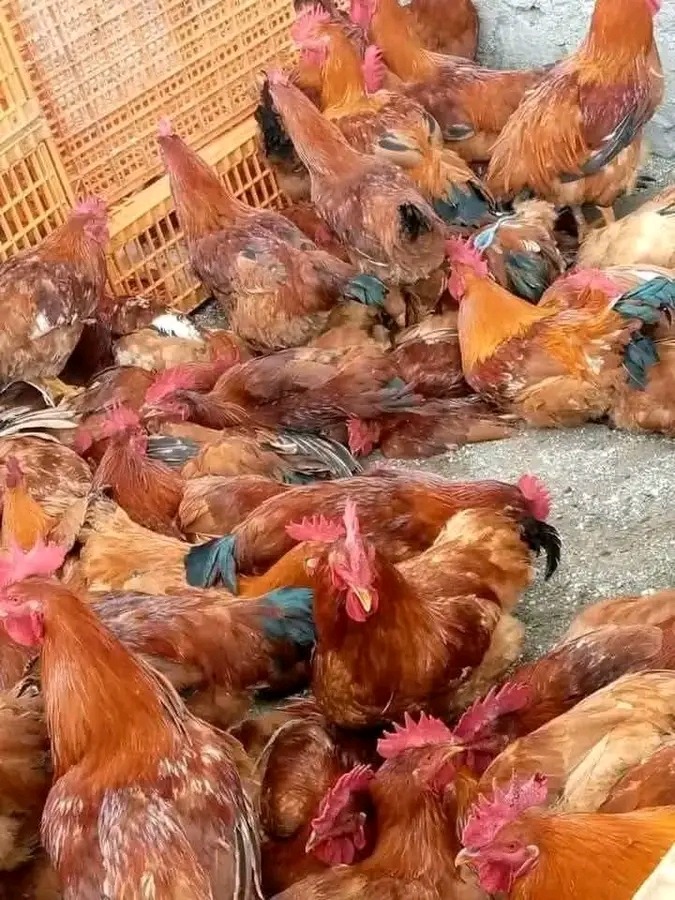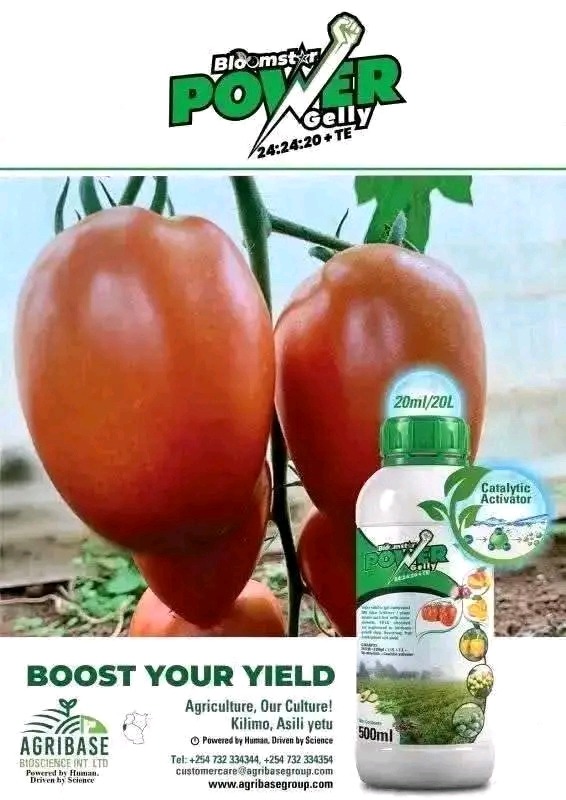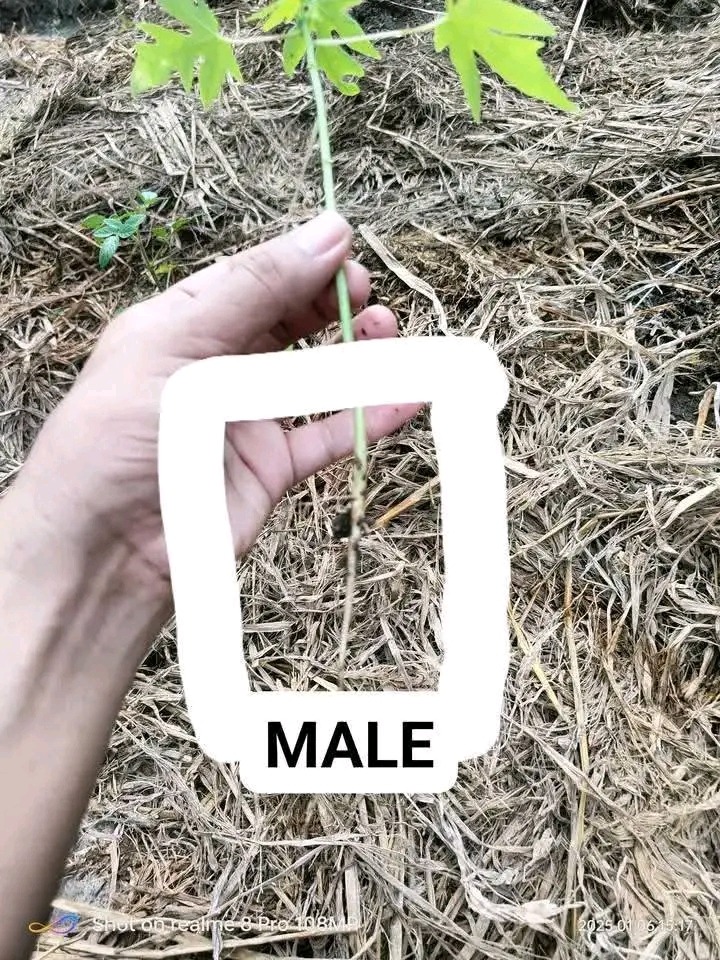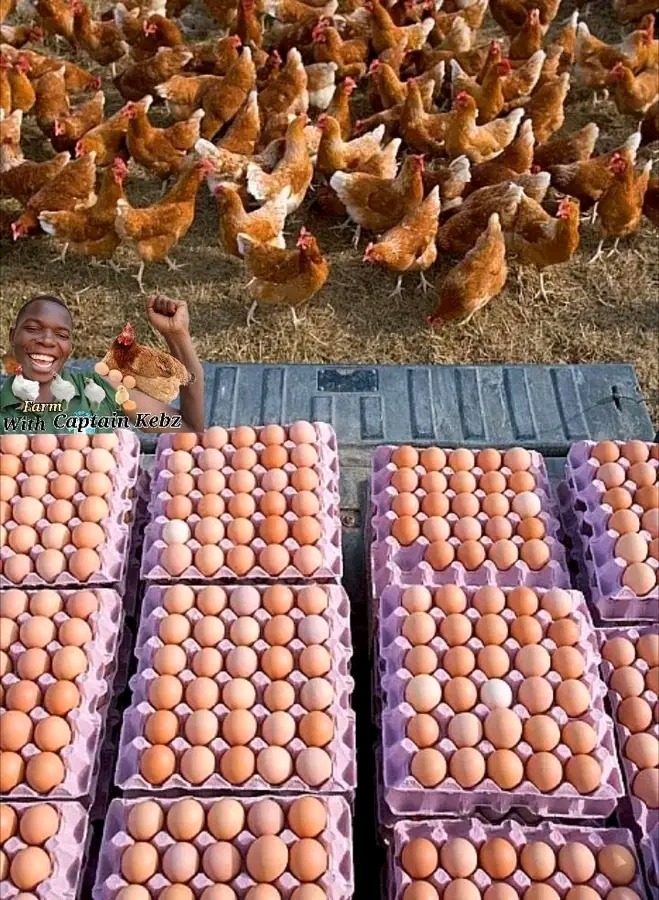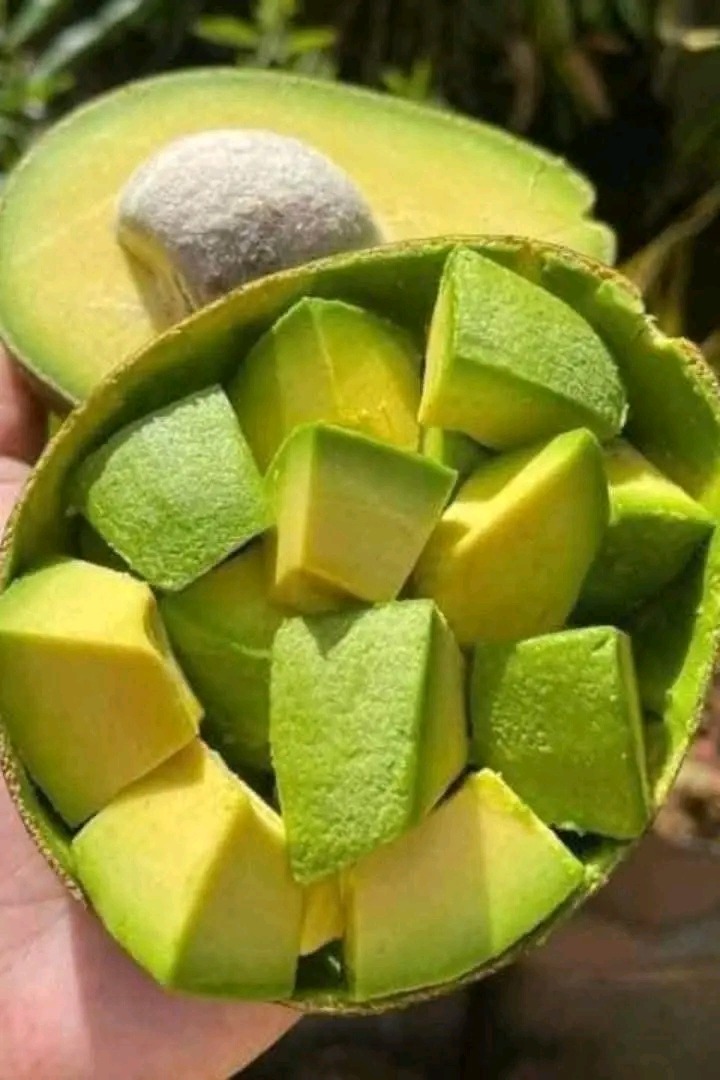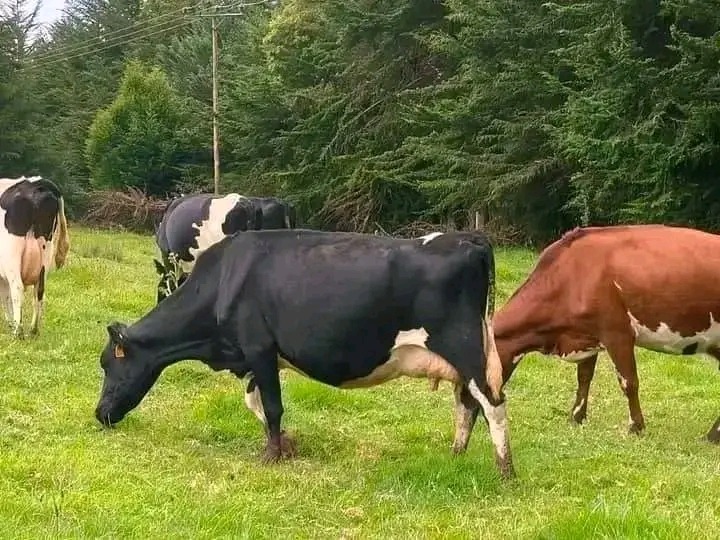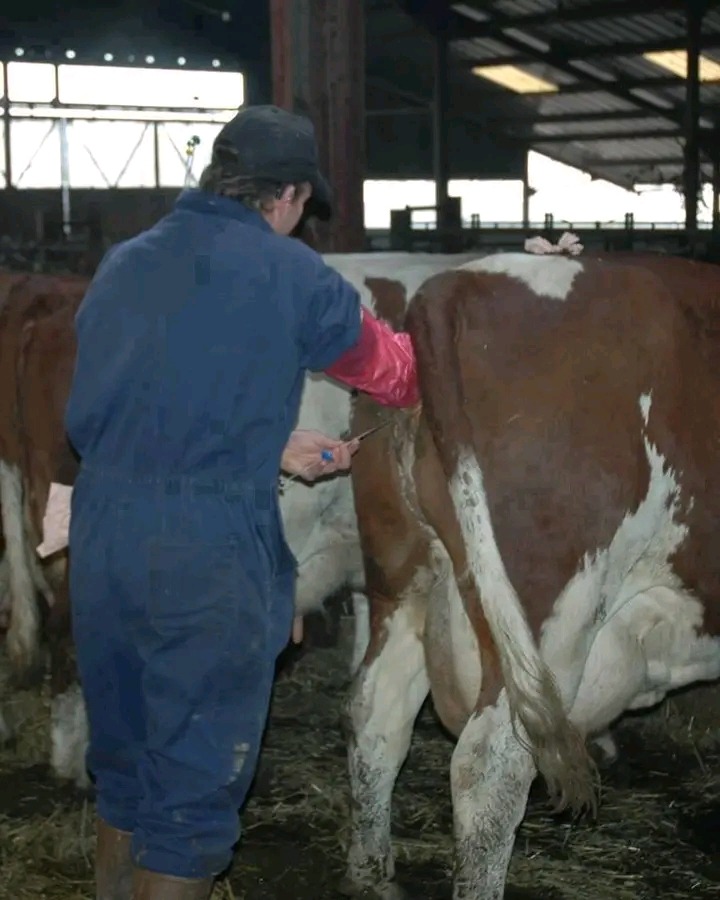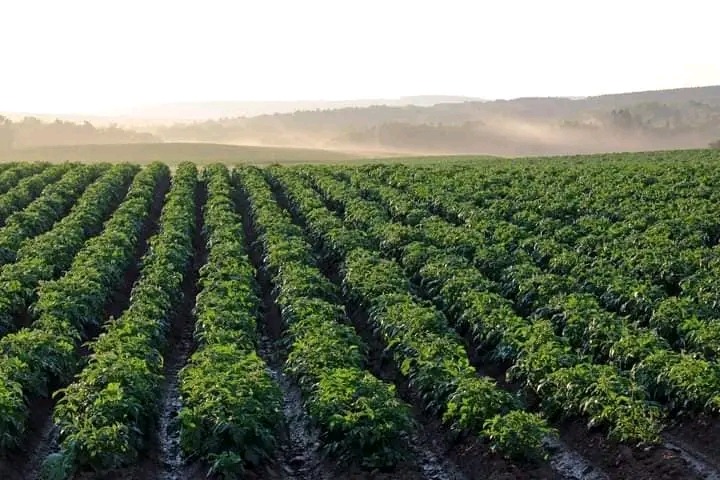
Growing potatoes can be a rewarding endeavor. Here’s a step-by-step guide on how to grow potatoes effectively:
- Choose the Right Variety
Types of Potatoes: There are several varieties, including early (new potatoes), mid-season, and late (storage potatoes). Choose based on your climate and how you plan to use them.
Seed Potatoes: Purchase certified seed potatoes from a garden center or nursery to avoid disease. - Prepare the Soil
Soil Type: Potatoes prefer loose, well-drained soil rich in organic matter. Sandy loam is ideal.
Soil Preparation: Test pH levels; ideally, it should be between 5.5 and 6.5. Amend the soil with compost or well-rotted manure to improve fertility and drainage.
Tilling: Loosen the soil to a depth of at least 12 inches (30 cm) to allow for healthy tuber growth. - Cut and Cure Seed Potatoes (if needed)
Cutting: If your seed potatoes are large, cut them into pieces, each with at least one “eye” (bud).
Curing: Allow the cut pieces to dry for 24 to 48 hours in a cool, dark place. This helps prevent rot when planted.
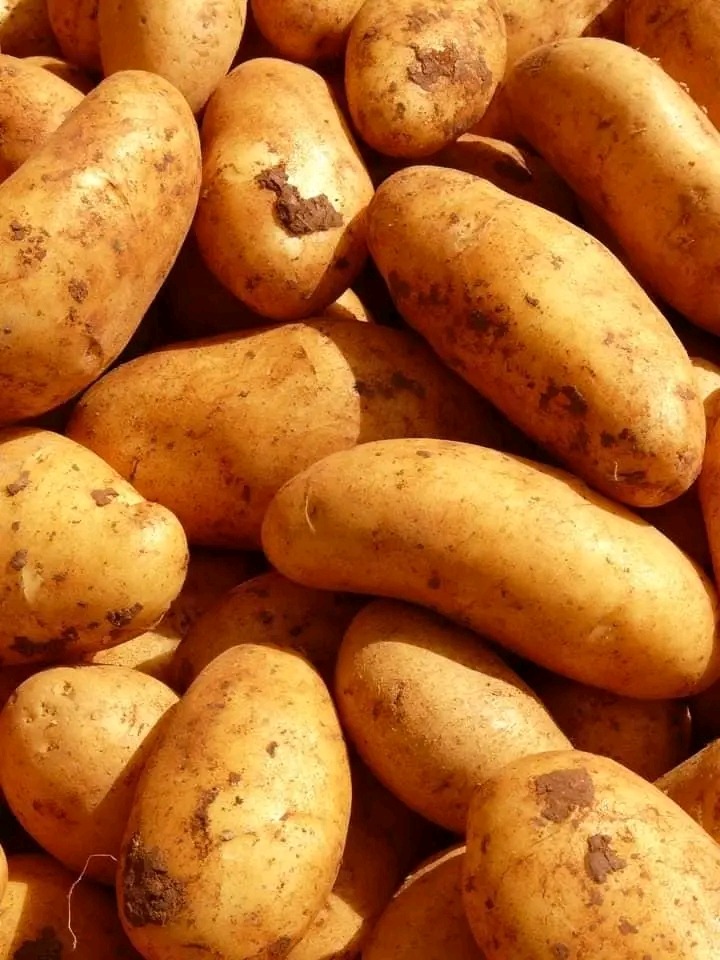
- Planting
Timing: Plant potatoes in the spring after the last frost date, when the soil temperature reaches around 45°F (7°C).
Spacing: Plant seed potatoes 4-6 inches deep and 12-15 inches apart in rows that are 2-3 feet apart.
Orientation: Place the seed potatoes with the eyes facing up. - Watering
Moisture Needs: Potatoes require consistent moisture, especially during the tuber development stage. Water deeply once a week, or more frequently during dry spells.
Avoid Overwatering: Ensure proper drainage to prevent rot. - Hilling
Technique: As the potato plants grow, mound soil around the base of the plants when they are about 6-8 inches tall. This “hilling” helps support the plants, prevents sunlight from reaching the tubers, and increases yield.
Frequency: Hill the plants two or three times during the growing season. - Weeding and Pest Control
Weeding: Regularly remove weeds to reduce competition for nutrients and water.
Pest Management: Watch for common pests like aphids, potato beetles, and wireworms. Use organic pesticides or hand-picking to control them. - Fertilization
Nutrients: Fertilize with a balanced fertilizer (high in potassium) when planting and again during hilling. Follow the product instructions for application rates.
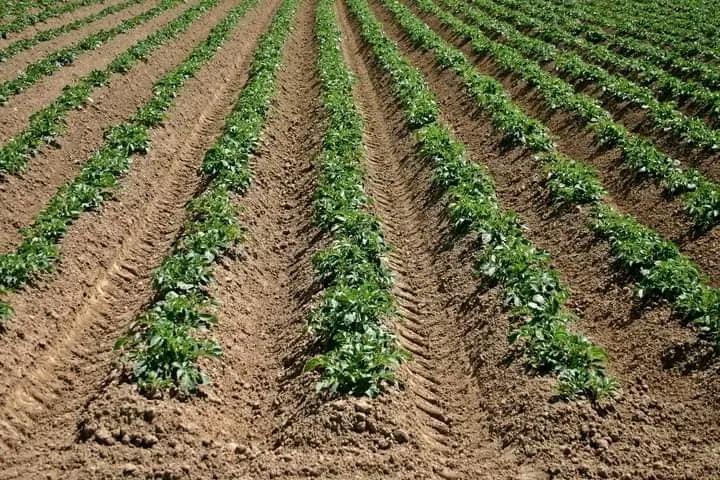
- Harvesting
Timing: Early potatoes can be harvested 60-90 days after planting when the plants flower. For storage potatoes, wait until the leaves have turned yellow and died back, typically 90-120 days.
Method: Carefully dig up the potatoes using a garden fork, taking care not to puncture them. - Storage
Curing: Allow freshly harvested potatoes to cure in a cool, dark, and well-ventilated area for about 1-2 weeks to enhance their storage life.
Storage Conditions: Store cured potatoes in a cool, dark place (ideally around 45-50°F or 7-10°C) with good ventilation.
By following these steps, you can enjoy a bountiful harvest of homegrown potatoes.


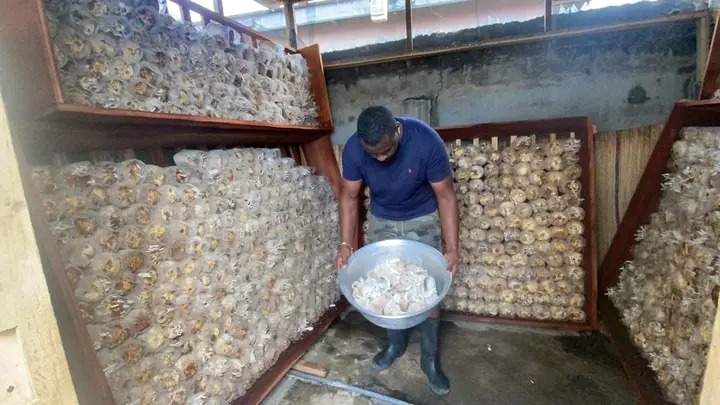
 Here’s a breakdown of the process and potential: Steps in…
Here’s a breakdown of the process and potential: Steps in…



